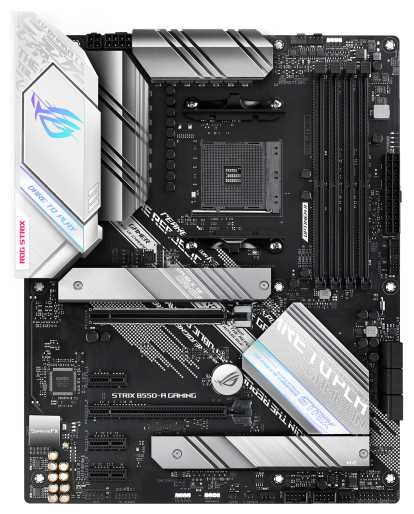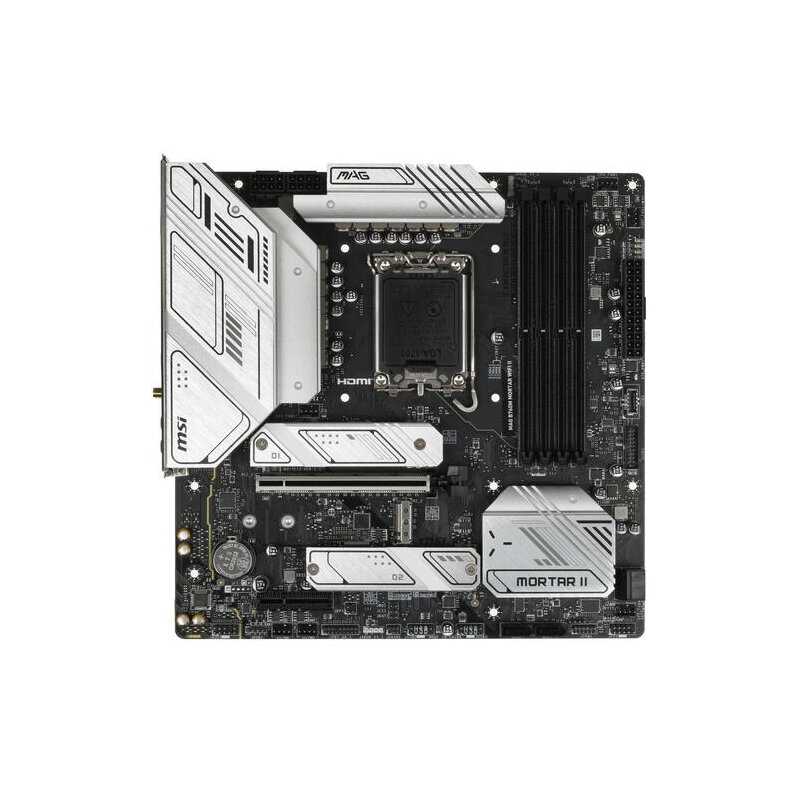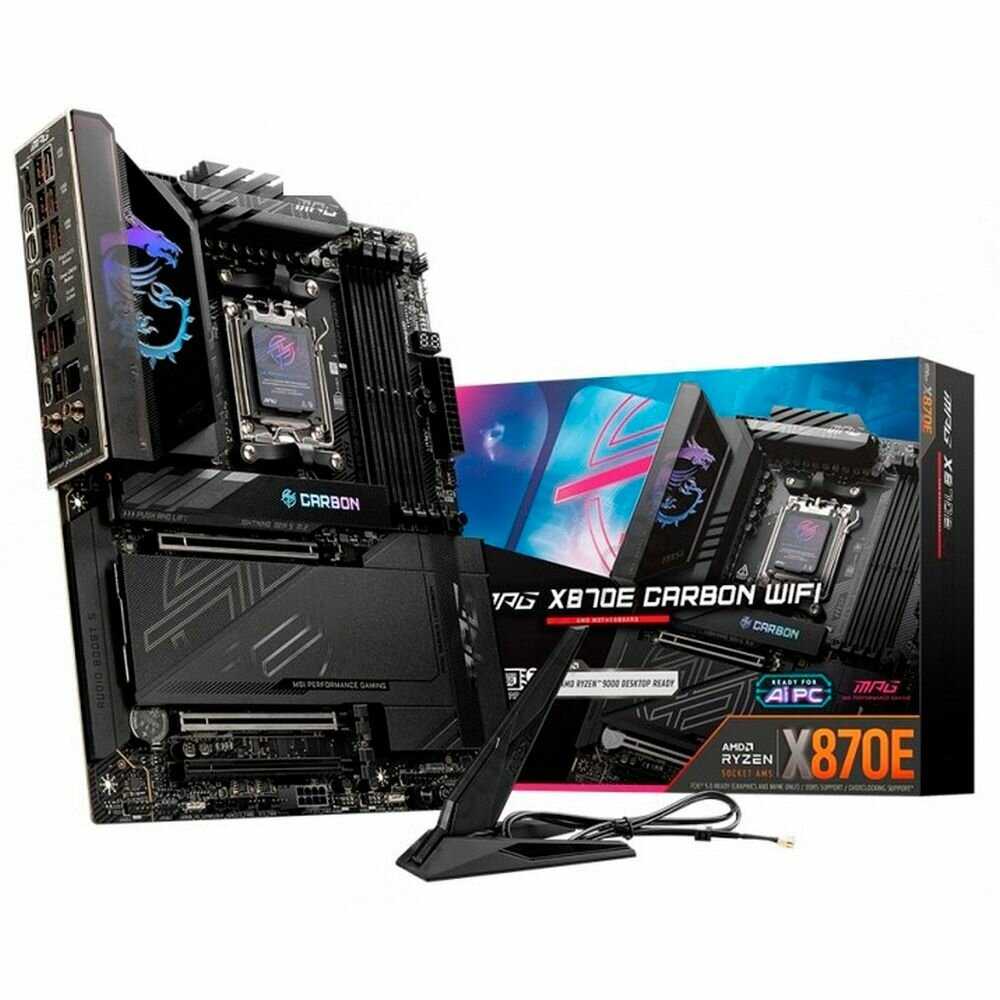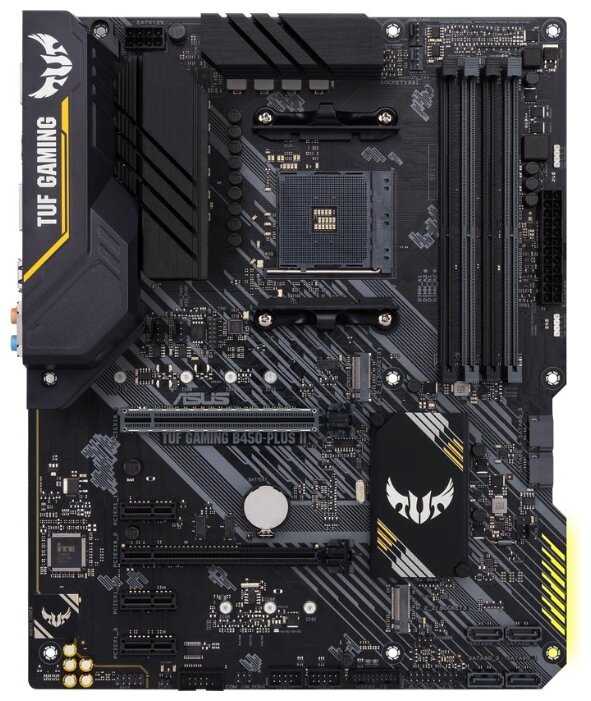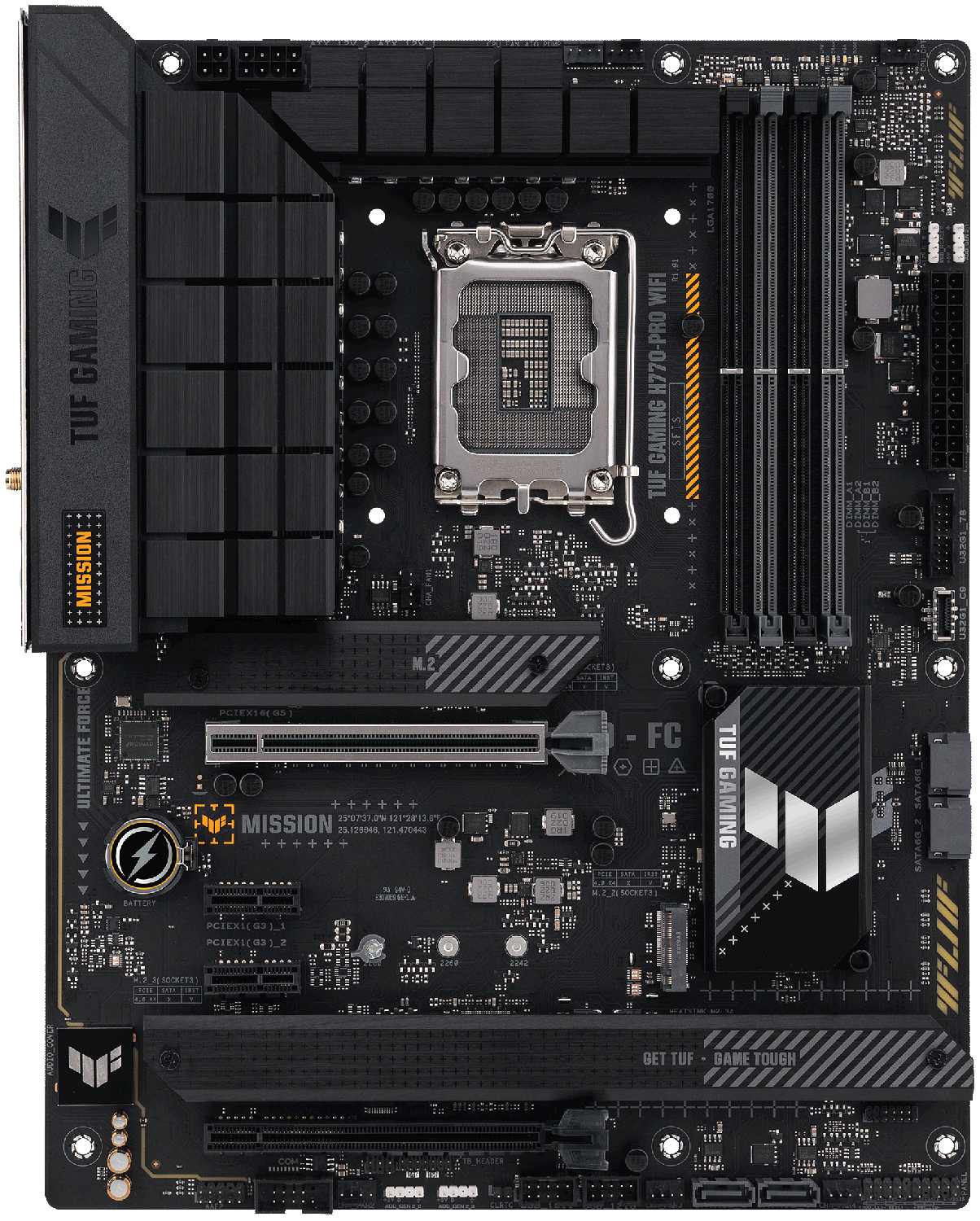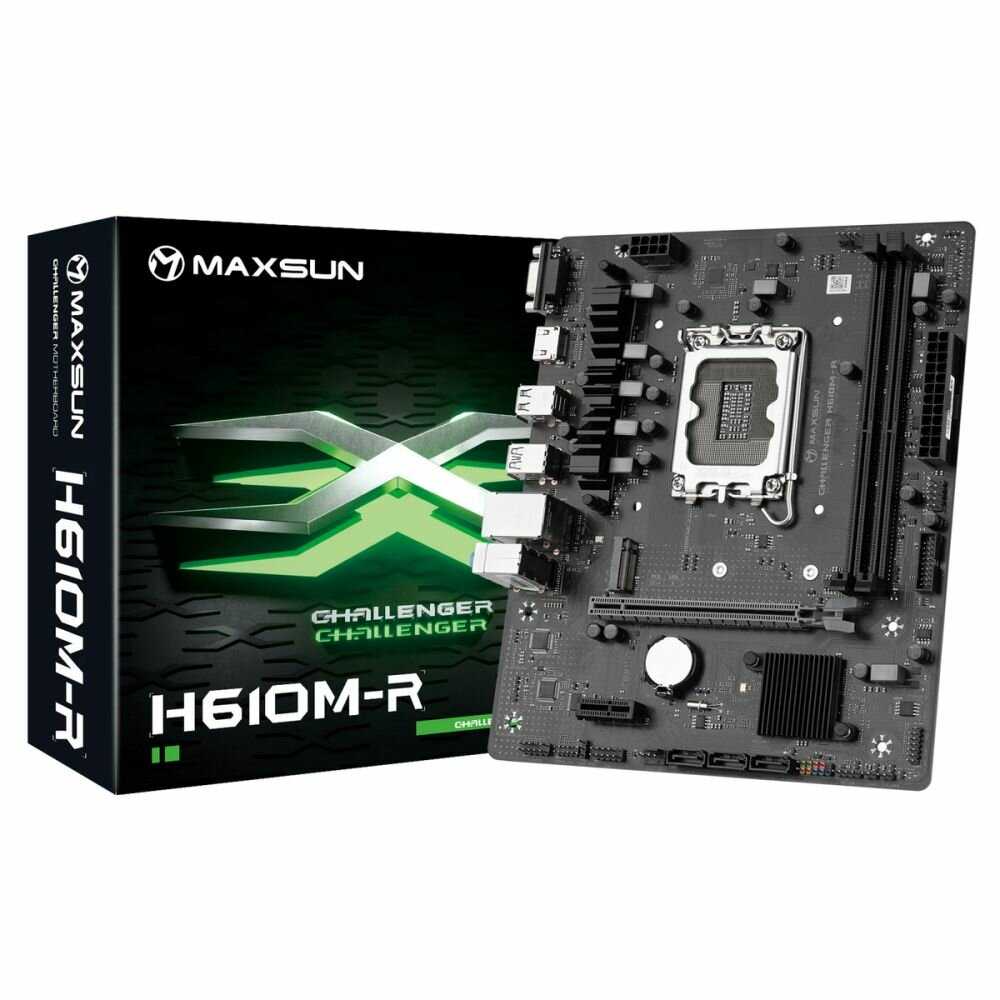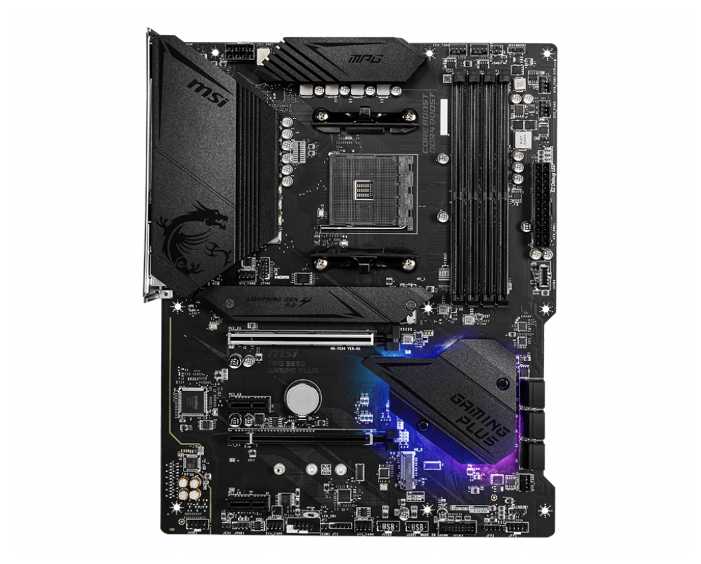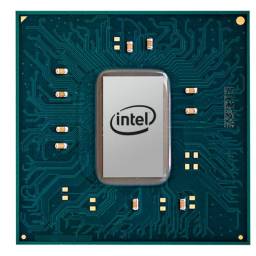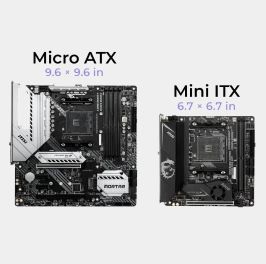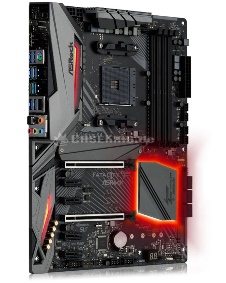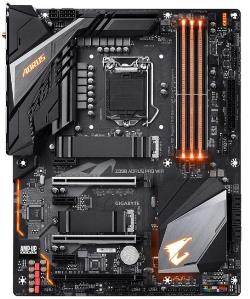Отзывы о Материнская плата ASUS PRIME Z790-P
326 отзывов пользователей o ASUS PRIME Z790-P
Пользовались
ASUS PRIME Z790-P?
Поделитесь своим опытом и помогите другим сделать правильный выбор
RGB lighting not working, called all service centre people's, it's not software issue, it's hardware issue, going to service centre tmrw for replacing it
Update its was just a loose contact, Asus service person were so courteous , spoke responsibly , corrected the issue then and there itself
But when I play Civilization 6, Gathering Storm it's fail to upload directx 12. Although I have it 9400f CPU, 16 GB RGB Ram 3000 max, nvidia 1050ti Asus graphics card.
But after few months all things are set, it means it was due to software problems.
Looks nice
But anyone buying this should ideally visit the official support page and check the product vendor guide (that will tell you what all cpu and ram were tested with the motherboard)
Naam ooncha , Daam ooncha , kaam neecha .
I am fed up with ASUS products as I lost my hard earned 70,000 rupees due to their faulty motherboard .
If you're after a powerful but somewhat small system thus mATX format and 9th gen CPU (thus with hardware fixes for (current) vulnerabilities) and fast (4267Mbps+) memory then this is pretty cheap and nice board. For me it works great with 9700K and 3200 DDR4. Yes it goes higher but I have no current need.
But if you're not going to use top-end CPU and high-speed memory (or overclock) I say save your money and get the cheaper H370M or B360M. There is also a Z370M/II but at pretty much the same cost as this one (why launch it now Asus?)
The good:
- 2x PCIe x16 length slots, but only one x16 (for dedicated GPU) and 2nd x4 for say 10Gbe LAN or more SSDs?
- 2x USB 10Gbe ports (aka 3.1 gen 2) thus only major change from Z370M, Z270M or Z170M
- 2x M.2 PCIe/NVMe ports x4 thus you can have 2x SSDs on the board! (only one supports SATA)
- 3x PWM FAN headers (+CPU) thus pretty good control of modern fans
- RGB header if you want to bling your case or fans (standard ones 12V RGB not directly addressable)
- Obviously unlocked overclocking due to Z390 chipset; and more VRMs for high-end CPUs like 9700/9900 otherwise perhaps go for cheaper H370M or B360M?
- Supports ME TPM thus you can use BitLocker in Windows 10/8.1. It works, but hardware crypto only with SATA SSDs not NVMe (see below)
The mediocre:
- No heatsinks for M.2 slots and you probably should get some as NVMe drives run hot. Don't spend too much though.
- No DP port as per description but DVI? If you want to use built-in GPU best use HDMI.
- HDMI is naturally 1.4 not 2.0 thus at 4k (2160p) you're limited to 30Hz (naturally no HDR either)! So if you wanted a HTPC system you're going to need a dedicated GPU with HDMI 2.0/60Hz (I assume you want 4k support for such a system)
- No USB-C port anymore like the old Z170M or Z370M/II for some reason? Pity.
- No header for USB 3.1 Gen2 front case ports. Perhaps too much to ask on this level?
The bad:
- BIOS-based Asus Q-Installer installs itself as a Windows service you cannot disable in Windows and runs each start. But thankfully you can disable it in BIOS/Tools. Nice injection vector there.
- No Samsung NVMe SED SSD hardware crypto (e.g. 970, 960) support thus software BitLocker only. On the boot drive, secondary drives may work but it's inconvenient. No plans to fix.
Asus BIOS is also easy to mod say if you wanted to add SLIC or other features but remember you need to extract the capsule. Asus seems reliable to me still have an old Z170M (thus older version of this) that works perfectly still.
Price-wise it does seem more expensive than the competition but then Asus has always been so; feature-wise it is OK but still "Prime" is not high-end like Strix/ROG but decent. Kind of middle of the road I'd say.
Only negative, there are not enough USB headers on the board (only 2 if i remember rightly) for Corsair link and funky lighting tools, an additional adapter is likely required (Corsair Commander Pro).
Really good motherboard for a decent price without hitting the £500 mark! I use my board with the following:
i9-9900K processor, 32Gb 3200Mhz DDR4 Dominator Ram, Nvidia Quadro K1200 graphics card (professional card), Samsung 970 Evo SSD, Corsair H100i Pro AIO, Corsair 860 AXI PSU.
Was soll ich groß zum Mainboard schreiben? hmm....im Vergleich zu vielen anderen Mainboards in meinem Leben gab es für mich keine großen Überraschungen. Einzig vielleicht die Abdeckungen von den M.2-Slots: Eine davon hatte ein so feine Kreuz-Schraube, ich hatte mit meinem 08/15-Kreuzschraubendreher leichte Probleme damit. Ansonsten war der Einbau unproblematisch.
Erwähnen könnte man auf technischer Seite vielleicht noch die Geschichte mit den VRM-Spannungsphasen: Diese sind für die Stromversorgung der CPU verantwortlich. Es gab im Internet einen kleinen Aufschrei, weil Asus bei diesem 300€-Mainboard nur 4 Doppelphasen verbaut hat. In diesem Preissegment sind wohl 6 oder mehr Standard. Was bedeutet das nun in der Praxis? Die Phasen sind im normalen Betrieb ohne CPU-Übertaktung völlig ausreichend. Die VRM-Phasen sind im Betrieb vielleicht etwas wärmer als bei der Konkurrenz, aber das ist nichts, worüber man Angst haben sollte.
Und mit übertakteter CPU soll es wohl auch keine Probleme geben, soweit ich gelesen hatte. Außer halt, dass sie natürlich auch dort wärmer sind als bei der Konkurrenz. Aber da bin ich nicht so tief drin, ich selber nutze meine CPU ohne Übertaktung.
Was kann man noch erwähnen.....es hat viele BIOS/UEFI-Optionen, man kann gefühlt 1000 Timings für den RAM einstellen ;)
Das Mainboard hat auch eine "Trainingsfunktion" beim RAM (für mich neu): Wenn der RAM speziell beim Boot-Vorgang nicht stabil läuft, dann führt das Mainboard mehrmals Neustarts hintereinander durch und testet nach jedem Neustart verschiedene RAM-Parameter.
Das konnte ich beim erwähnten instabilen 4266er RAM miterleben: Diese "Trainingsfunktion" spielt dann mit der DRAM-Voltage, CPU-VCCIO-Voltage und CPU System Agent Voltage (VCCSA) rum und reduziert ggf. auch den RAM-Takt. Was ich erst später (nach Austausch des RAMs) erfahren hatte: Das BIOS/UEFI hat auch eine Option, die "Maximus Tweak" heißt. Die verfügbare Auswahl (ich glaube die heißen "Mode 1" und "Mode 2") sind irgendwie nichtssagend, stehen aber dafür, ob der RAM auf Stabilität oder Übertaktung laufen soll. Keine Ahnung ob diese RAM-"Trainingsfunktion" auch mit dieser Option rumspielt?!
Wer darauf steht: Das Mainboard hat auch tolle RGB-Effekte.
So....mehr fällt mir nicht mehr ein (bin ein Rezensions-Neuling). Ob das Mainboard nun seine 300€ Wert ist? Keine Ahnung. Ich hab es mir den Preis gegönnt, in der Hoffnung etwas hochwertiges zu erhalten, da ich es vermutlich erst in 4-5 Jahren austauschen werde. Wenn man sich in Internetforen so durchliest, scheint das Board abseits der VRM-Geschichte wohl seinen Preis wert zu sein.
Additional features such as M.2 and NVME support with USB 3.1 is a nice touch but should be standard to be honest.
Overclocking wise, I am only using the RAM feature and getting 3200Mhz without issues with memory as such.
Overall good buy and so far no issues even with install.
Good quality board with no flex, and very solid when installing.
Would recommend ASUS as always.






